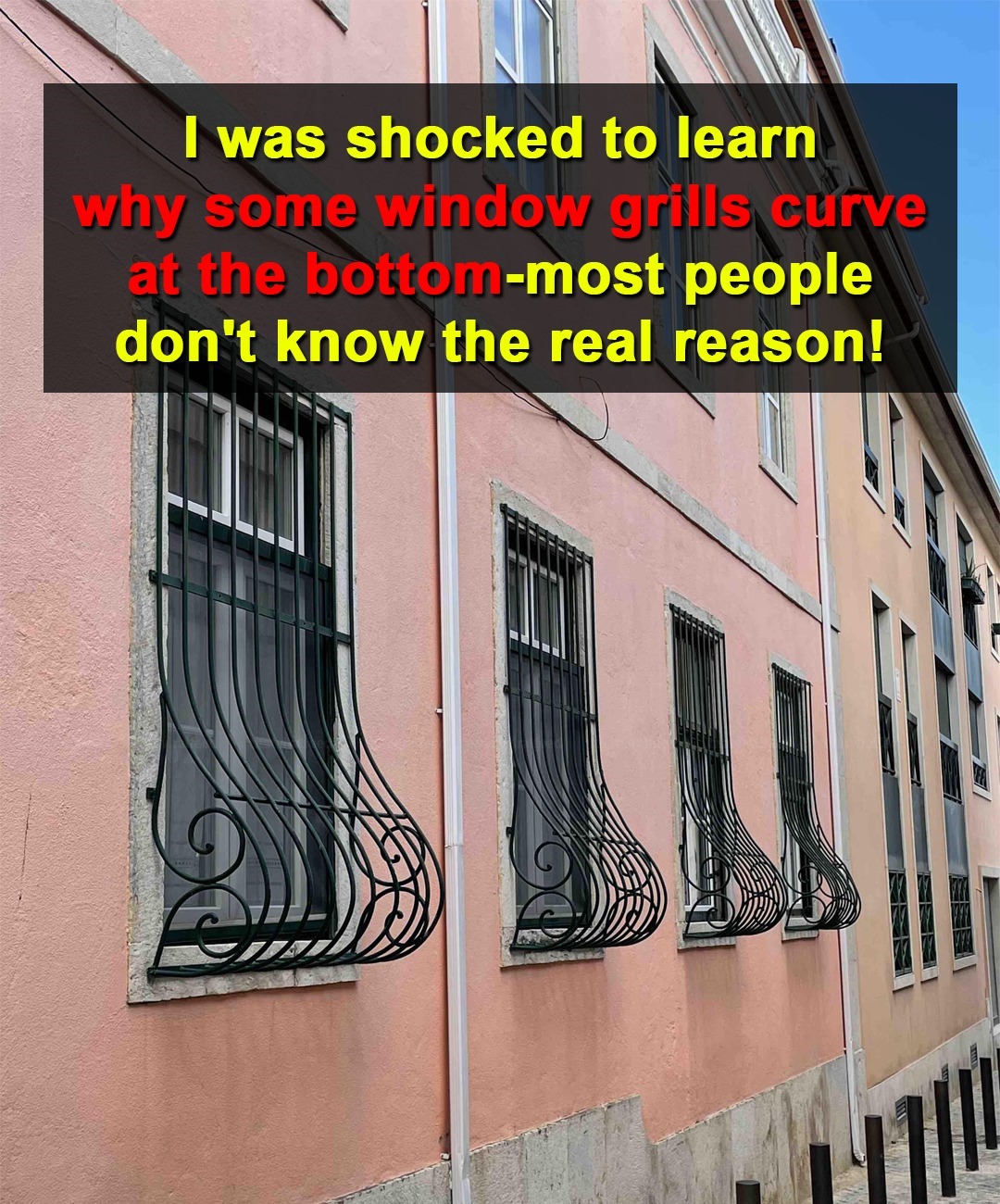The Purpose Behind Curved Window Grills: Form Meets Function
Found in cities across the world, especially in Mediterranean, Latin, and European architecture, these grills offer a perfect blend of security, function, and aesthetic appeal.
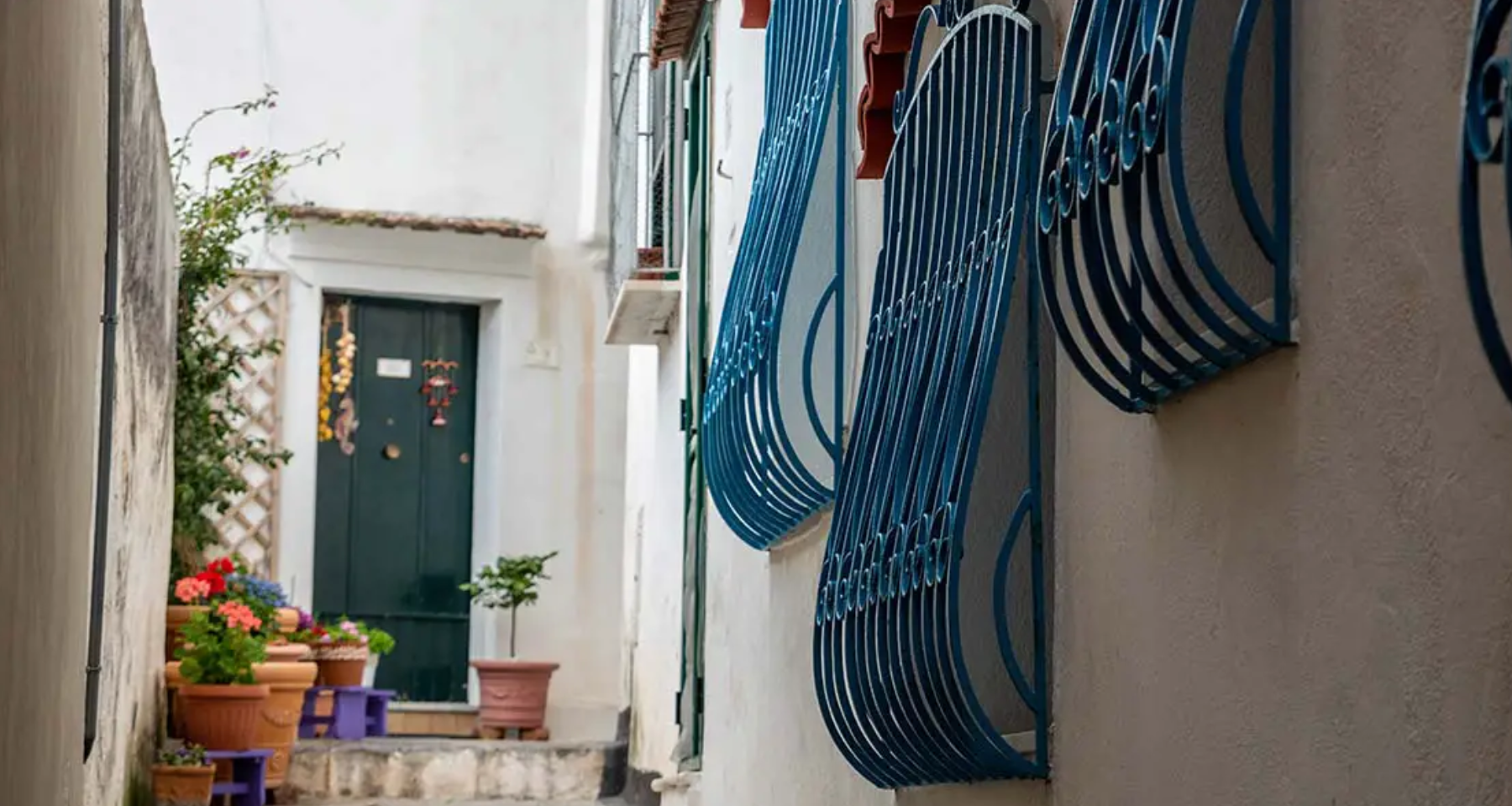
A Rich History of Security and Style
Window grills have been used for centuries as a way to protect homes from break-ins, especially in urban environments.
In cities where buildings are tightly packed together, these grills provide essential security without the need for window shutters or bars that completely block the view.
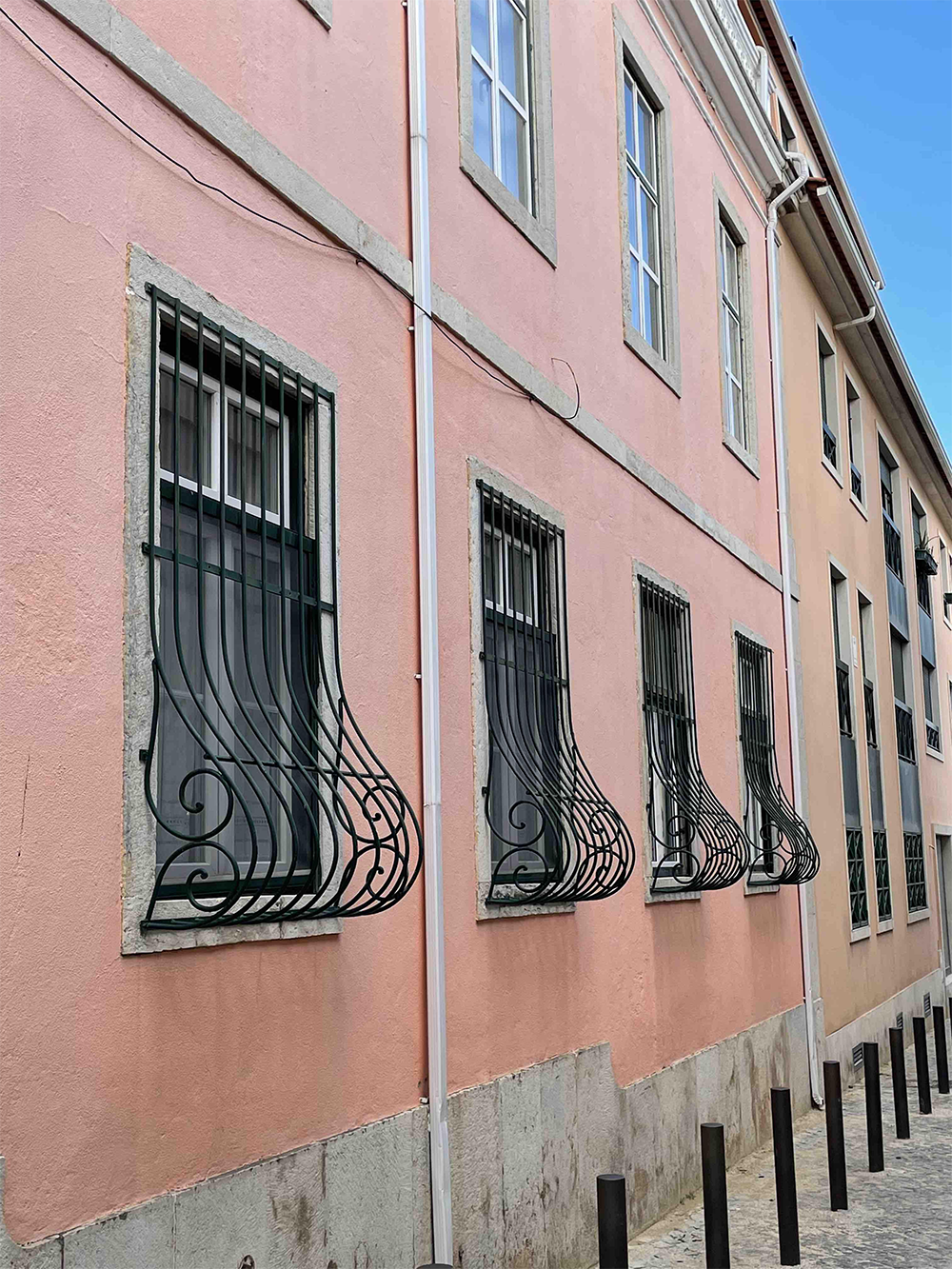
In fact, these window grills sparked curiosity on a Reddit post where users discussed the possible reasons behind this distinctive design.
The Practical Benefits of Curved Window Grills
1. Supporting Flower Boxes:
One of the most charming uses of curved window grills is to create space for flower boxes. The gentle outward curve provides a sturdy platform for planters, allowing homeowners to brighten up their windows with colorful flowers. This practice, common in European cities, transforms streets into picturesque scenes of blooming greenery. In urban areas where garden space is limited, these grills offer the perfect solution for adding a touch of nature.
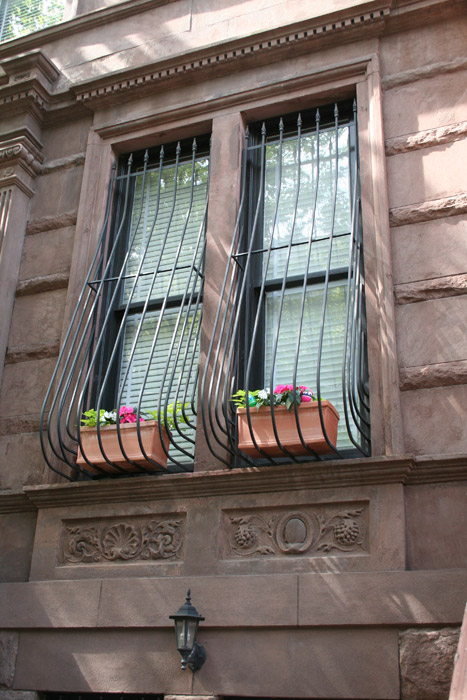
2. Accommodating Air Conditioning Units:
For older buildings without built-in air conditioning systems, the curved grills provide the space needed to safely install window air conditioners. The extra room created by the curve allows the unit to be securely placed without removing the grill entirely. This maintains the security benefits of the grill while ensuring proper ventilation. This practical design is especially useful in warm climates or older cities where air conditioning was not initially part of the building design.
3. Enhancing Ventilation:
In addition to holding flower boxes and air conditioning units, the curve at the bottom of these grills can improve airflow into the home. With windows able to open wider thanks to the added space, residents benefit from enhanced natural ventilation, which can be particularly useful in buildings without modern air systems.
A Decorative Element With Cultural Influence
Curved window grills are more than just functional. Their decorative appeal, especially the ornate designs, has made them a favorite in architectural styles across various regions.
The “potbelly” style is especially popular in Mediterranean architecture, where it complements the intricate facades of old homes and gives a quaint, traditional look.
In Latin countries and European cities, these grills have become a staple of residential architecture.
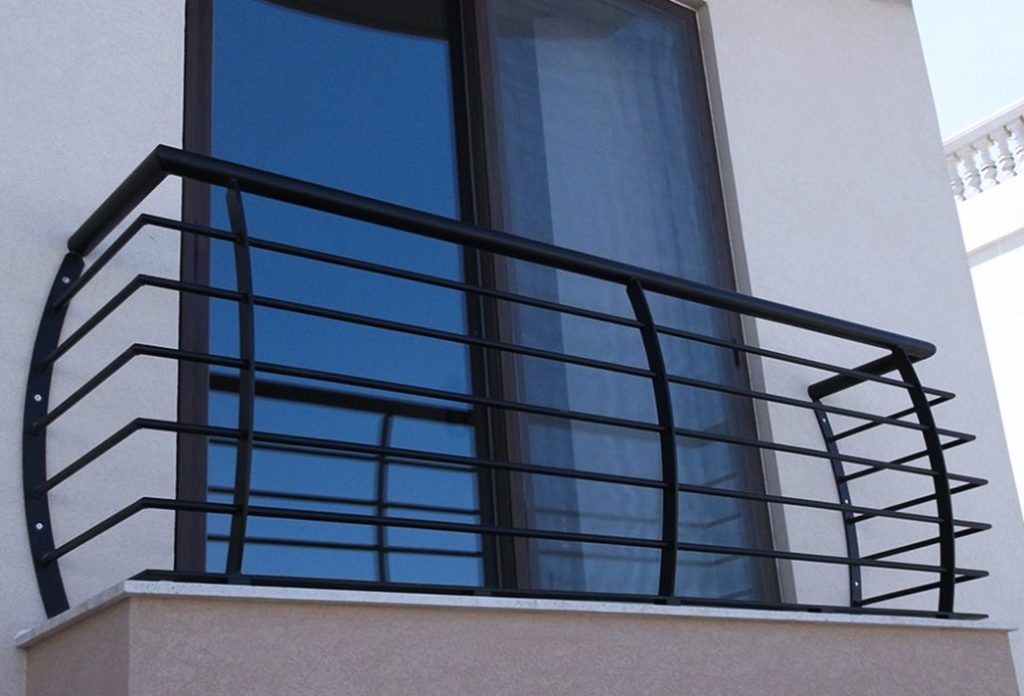
They not only offer security but also maintain a sense of openness, allowing people to enjoy views from their windows while protecting their homes.
The combination of metalwork craftsmanship and practicality has given these grills a timeless quality that has endured for centuries.
How They Are Made and Installed Today
In modern times, these grills are made using strong materials like wrought iron or steel, ensuring durability and long-lasting protection.
Available in a variety of designs and sizes, they can be found at hardware stores, home improvement centers, and specialty ironwork shops.
It’s recommended that homeowners work with professional installers to ensure the grills are securely fastened and meet local safety regulations.
Maintaining Tradition and Security in the Modern World
While curved window grills might seem like an old-fashioned solution, they continue to be a popular choice for those who want to maintain both style and security.
The design offers more than just a protective barrier; it provides a practical way to enjoy nature, improve airflow, and even install modern conveniences like air conditioning, all while enhancing the aesthetic appeal of a home.
Whether in bustling cities or quiet towns, these grills are a symbol of how function can be artfully combined with form, making them a valuable architectural feature that has stood the test of time.
